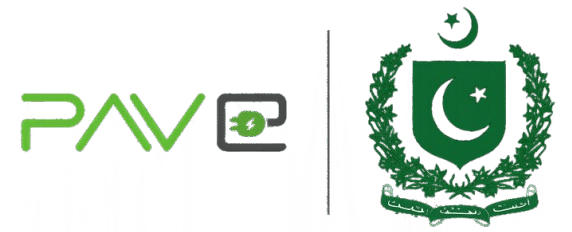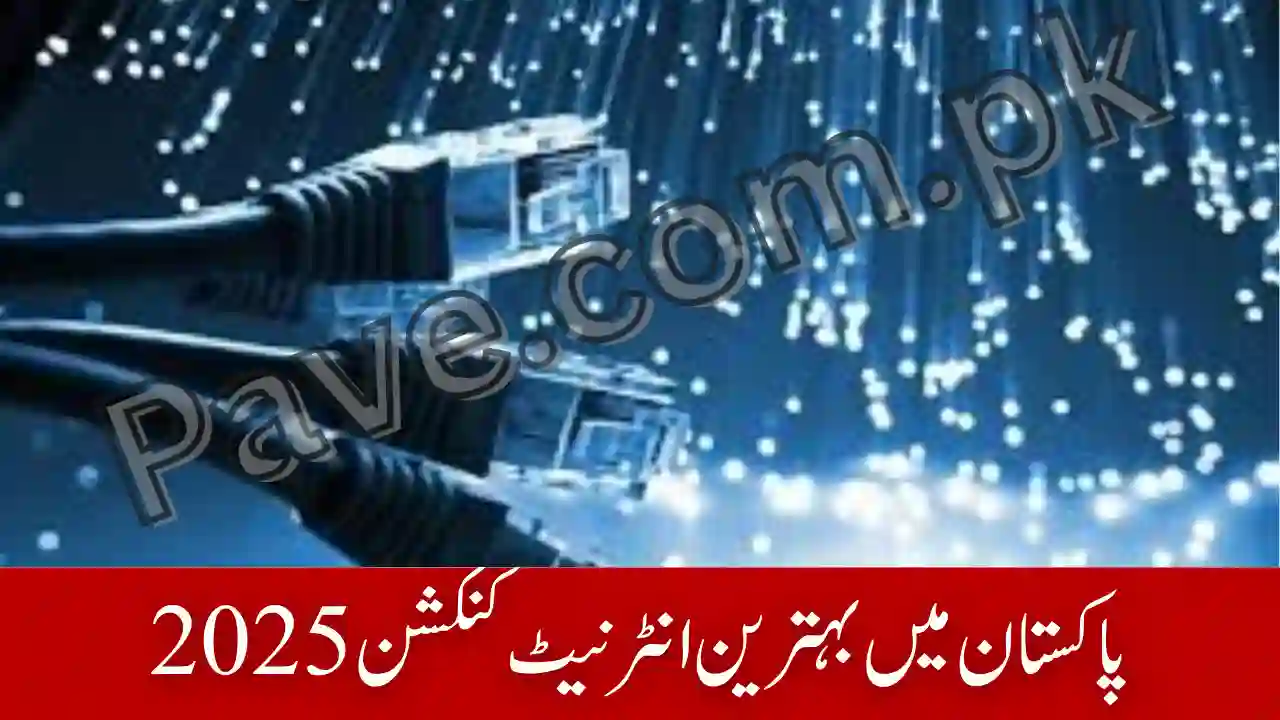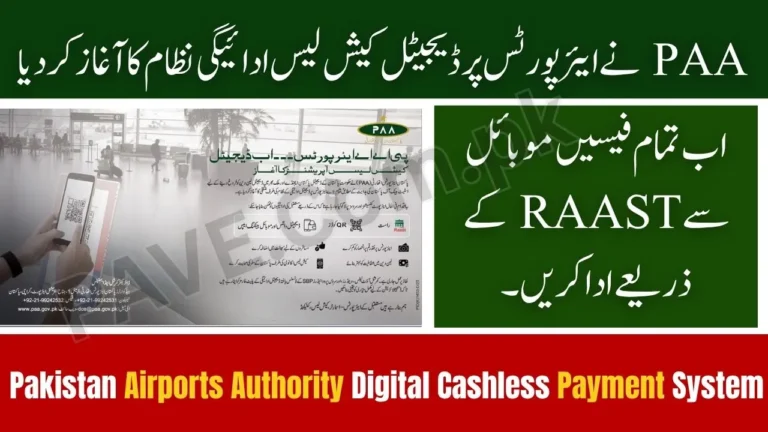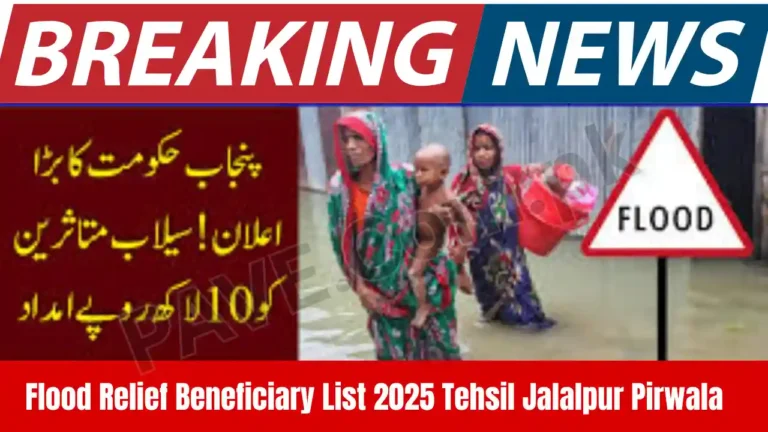Best Internet Connection in Pakistan 2025 – PTCL vs Fiber vs Starlink Comparison
Best Internet Connection in Pakistan 2025 is no longer a luxury — it’s a necessity. From remote work, online schooling, streaming, gaming, to smart homes and cloud services, our demands have skyrocketed. In Pakistan, the internet landscape is evolving rapidly. Traditional services (like PTCL) are being challenged by modern fiber networks, and newcomers like Starlink promise to bridge connectivity gaps in underserved areas.
But how do these technologies compare, especially in 2025? Which option is worth investing in for your home or business? This article breaks down the strengths, weaknesses, costs, and realistic usability of PTCL (copper/GPON), Fiber Internet (FTTH via providers like Nayatel, StormFiber, etc.), and Starlink (satellite internet) — so you can decide what’s best for your location and needs.
We will look at installation & monthly pricing, coverage (urban vs rural), pros & cons, and final verdict, plus an FAQ section to help clear common doubts. Note: Starlink’s presence in Pakistan is in transition, so we’ll explain its current status and expected rollout as well.
Read Also: Cricket Introduces New Format ‘Test Twenty’
PTCL Internet in Pakistan 2025
Overview & Services
PTCL (Pakistan Telecommunication Company Limited) has long been the backbone of fixed-line broadband in Pakistan. Their offerings include:
- ADSL2+ / VDSL (over copper lines)
- GPON / FTTH (Flash Fiber / Fiber to the Home) in selected areas
- Fusion / Flash Fiber branded fiber service — PTCL has been expanding its fiber footprint.
- Unlimited internet packages, bundling with TV & voice.
PTCL’s legacy advantage is wide coverage — its network reaches many parts of Pakistan, including smaller towns, thanks to its existing copper infrastructure.
Installation & Monthly Costs (Approximate):
Here are some representative PTCL plans and charges (2025 estimates):
| Package / Feature | Typical Speed / Tier | Monthly Charge (PKR) | Install / Setup Charge | Notes |
|---|---|---|---|---|
| Unlimited up to 50 Mbps | ~50 Mbps download | ~PKR 6,299 | Installation over existing telephone: ~PKR 2,499 | Bundled with Shoq TV & minutes |
| Unlimited up to 100 Mbps | ~100 Mbps | Standard unlimited price | same install charge | Fair Usage Policy may apply |
| Conversion / upgrade charges | — | — | GPON upgrade: ~PKR 3,500; new FTTH install: ~PKR 5,000 | Applicable in fiber-capable areas |
PTCL also offers lower-speed “starter” or economy packages (e.g. 1–5 Mbps) and volume-based packages in areas where full unlimited is not applied.
Performance, Strengths & Challenges 2025:
Pros
- Wide coverage: Because PTCL already has infrastructure across the country.
- Affordable in many areas: Entry-level or mid-tier plans are more accessible than fiber in some regions.
- Compatible with existing wiring: Many homes already have telephone wiring.
- Growing fiber capability: Where PTCL offers its own FTTH (Flash Fiber), it competes with private fiber ISPs.
Cons
- Copper lines degrade performance: On lengthy or poor quality lines, speeds drop, and latency increases.
- Congestion: During peak hours, lines serving many users may slow down.
- Upload speeds often low: Especially in non-fiber areas.
- Fair Usage Policies: In unlimited plans, heavy users may face throttling or volume limits.
- Installation variability: In some areas, fiber conversion or new fiber drops may be slow or unavailable.
Read Also: Government Waives August Electricity Bills in Flood-Hit Areas
Fiber (FTTH) Internet in Pakistan 2025:
Major Providers & Reach
“Fiber to the Home” (FTTH) is now the gold standard in many urban areas of Pakistan. Leading providers include:
- Nayatel — well known in Islamabad, Rawalpindi, Faisalabad, Peshawar, etc.
- StormFiber, Optix, Transworld Home / TW1, Fiberlink, and PTCL’s Flash Fiber service.
- These providers offer symmetric or near-symmetric speeds, better reliability, and lower latency than traditional copper.
Fiber deployment is now common in many modern housing societies, business districts, and planned communities.
Cost & Plans
While exact prices vary by city and provider, typical FTTH plans may include:
- Speeds from 20 Mbps → 300+ Mbps
- Monthly packages in range of PKR 2,500 to PKR 10,000+ depending on speed, and included services (IPTV, static IP, etc.)
- Installation / ONT & fiber drop charges, depending on whether fiber cable is already nearby
Because fiber installation requires physical fiber cabling to your home and sometimes civil work, installation costs can be higher than PTCL’s copper, but the performance gain often justifies it.
Advantages & Limitations 2025:
Pros
- High reliability and consistency: Less susceptible to interference.
- Low latency & high upload speeds: Great for gaming, video conferencing, cloud backups.
- Better scalability: As needs increase, fiber providers can offer higher tiers without major changes.
- Bundles & service options: Many offer TV, static IP, business add-ons.
Cons
- Limited coverage: Not available in many rural or remote areas.
- Higher installation complexity: Fiber cable drop, building permission may delay setup.
- Cost variation: In some low-density areas, cost might be higher.
- Dependence on local infrastructure: If the provider’s backbone or peering is weak, performance may degrade.
Starlink (Satellite Internet) in Pakistan 2025:
Current Status & Licensing
Starlink, operated by SpaceX, uses low-earth-orbit (LEO) satellites to provide internet even in areas where wired infrastructure is absent. However, in Pakistan:
- Starlink recently received a No Objection Certificate (NOC) for provisional operation.
- The PTA is finalizing full licensing and regulatory framework.
- The government timeline suggests a formal launch possibly in late 2025.
- In many areas, Starlink presently is not usable due to regulatory or geoblocking issues.
So while promising, Starlink is not yet fully operational everywhere in Pakistan.
Cost & Estimated Packages 2025:
Based on media reports and expected plans:
- Residential package: PKR ~35,000/month, speeds of ~50–250 Mbps, with hardware fee ~PKR 110,000 (one-time)
- Business package: higher speeds, higher cost.
- In global markets, Starlink charges about USD 110 monthly plus hardware cost, which gives some basis for Pakistani pricing.
These are speculative — real pricing in Pakistan may vary depending on import duties, licensing, and regulatory costs.
Benefits & Challenges 2025:
Pros
- Coverage in remote or underserved zones: Where no fiber or PTCL infrastructure exists.
- High potential performance: Especially in ideal line-of-sight to satellites.
- Minimal ground infrastructure requirement: Just a dish and clear sky view.
Cons
- High upfront and running cost: Hardware is expensive, monthly fees are premium.
- Latency & weather sensitivity: Though LEO improves over older satellites, still more latency than fiber, and performance may suffer in extreme weather.
- Regulation & licensing hurdles: Pakistan’s regulatory environment is in flux for satellite ISPs.
- Line-of-sight and obstruction issues: Trees, buildings, and terrain can block signal.
Read Also: Zillow vs Pakistani Property Websites – Which is More Accurate?
Comparison: PTCL vs Fiber vs Starlink — Quick Table:
| Parameter | PTCL (Copper/GPON) | Fiber (FTTH) | Starlink (Satellite) |
|---|---|---|---|
| Coverage | Very wide, including many towns & cities | Urban and planned areas | Potentially everywhere, once licensed |
| Installation Complexity | Moderate (existing lines) | Higher (fiber drop & ONT) | Moderate (dish + clear sky setup) |
| Monthly Cost | Moderate | Higher to Premium | Very high |
| Speed & Performance | Good in short lines / GPON zones; lower upload | Excellent, symmetrical or near | Variable, good download, moderate upload |
| Latency & Stability | Adequate, but line noise possible | Low, reliable | Higher than fiber, but better than older satellite |
| Best Use Case | General home use, streaming, light work | Freelancing, content creation, gaming | Remote areas, backup link, underserved zones |
| Weaknesses | Copper limitations, congestion, upload slowness | Coverage limitation, installation delay | Cost, weather, regulation, latency |
Coverage: Urban vs Rural Reality 2025:
Urban Areas (Lahore, Karachi, Islamabad, etc.)
- Best Internet Connection in Pakistan 2025 is increasingly common in new housing societies and business districts.
- Most people in these areas now have access to FTTH, and PTCL’s Flash Fiber competes directly.
- Starlink will be redundant unless users need redundancy or special application.
Semi-Urban & Smaller Cities
- Fiber is patchy; main roads may have fiber while interior lanes may not.
- PTCL remains widely available and often only viable wired option.
- Residents may rely on wireless or mobile backup depending on tower proximity.
- Starlink could fill gaps if installed.
Rural & Remote Areas
- Wired broadband often absent or very low quality.
- Mobile 4G/5G may be spotty depending on tower distance.
- Starlink (once available) may leapfrog existing limitations, giving connectivity where none exists.
Final Recommendation:
- Best Internet Connection in Pakistan 2025 is available at your address, choose a reputable FTTH provider — you’ll get the best mix of speed, stability, upload, and latency.
- If fiber is not available but your area supports PTCL GPON or improved copper lines, go with PTCL with careful line testing and proper equipment.
- Use Starlink mainly when no wired or reliable wireless option exists in your region, and if you can afford the up-front cost.
- Always check local availability — what works in one city or society may not work blocks away.
In summary:
Fiber > PTCL (in good areas) > Starlink (for remote use)
FAQs Best Internet Connection in Pakistan 2025:
Q1: When will Starlink officially launch in Pakistan?
The service is expected to roll out by late 2025, after completing regulatory and licensing approvals.
Q2: Is Starlink already usable in Pakistan?
In most places, no. It has provisional NOC and registration, but full operations haven’t begun everywhere.
Q3: What speed do I really need?
For a household of 3–5 users doing streaming, work, and light uploads, 30–50 Mbps is comfortable. For heavy uploads, choose 100 Mbps+ or fiber.
Q4: Do fiber plans always deliver advertised speed?
Usually yes, especially in well-run networks. In congested or bad infrastructure areas, speeds may dip.
Q5: What about mobile 4G/5G as alternative?
Mobile broadband is viable for light usage or backup, but latency, data caps, and congestion can make it less ideal for heavy or constant work.
Q6: Should I get a static IP or business-grade plan?
Yes if you plan to host servers, remote CCTV, or business applications. For normal home use, dynamic IP is fine.







